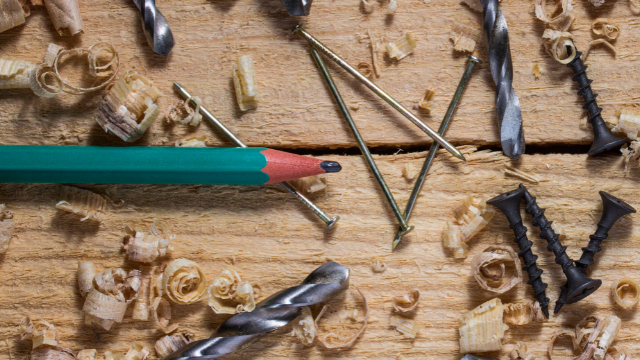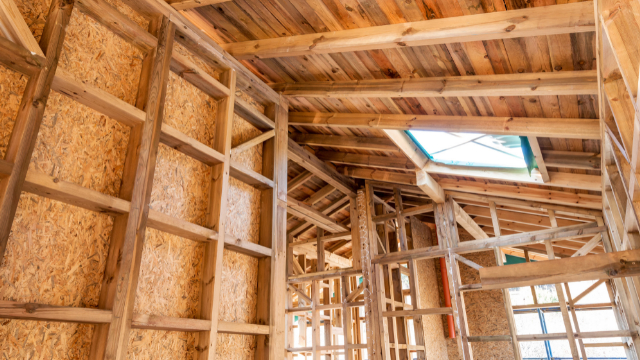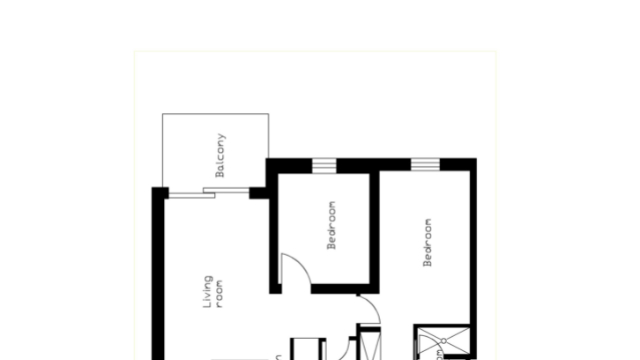Tagline: Holding Walls Steady: Nail & Brace Like a Pro!
Charles here! If there’s one thing my years in architecture taught me, it’s that mastering the basics often leads to the most significant breakthroughs. When building a structure, every tiny detail counts, especially when ensuring the strength and longevity of walls. So, let’s delve into a topic I frequently discuss with clients: the importance of nailing and bracing.
1. Back to Basics: Why Nails and Braces Matter
Whenever we talk about construction, nailing might seem pretty straightforward. But it’s so much more than just hammering a nail into wood. The art lies in ensuring every nail is optimally positioned, ensuring the best connection. Bracing, on the other hand, acts as the unsung hero, keeping walls steady even under duress.
2. The Nitty-Gritty of Nailing
When done right, nailing:
- Provides a secure connection between framing components.
- Determines the wall frame’s overall structural integrity.
- Can prevent frame distortion if done correctly.
I’ve seen projects where incorrect nailing led to structural hiccups. It’s essential to consider the size, type, and number of nails, along with their placement, to ensure the frame’s durability.
3. Bracing: The Silent Guardian
While nails hold pieces together, braces ensure that walls don’t wobble or lean. By offering additional support and stability to a structure, bracing:
- Reduces the chances of walls buckling under pressure.
- Enhances the structural rigidity of your construction.
- Acts as the backbone, especially in the face of strong winds or seismic activities.
4. Making the Right Choices
While at Cal Poly, I would often marvel at the intricate design choices in the grand structures. One lesson I took away was the need for the right materials and techniques. For nailing, consider:
- The purpose of the wall (load-bearing or not).
- The type of wood being used.
- Environmental factors, such as moisture levels.
As for bracing, it’s crucial to assess the wall’s length, height, and the external forces it might face.
5. Conclusion: Foundations of a Strong Build
Nailing and bracing might seem elementary, but they’re fundamental to ensuring a wall stands tall and robust. As I always tell my clients, investing time in mastering these basics can save you from potential structural woes in the future.
Sourse: itishouse.com





